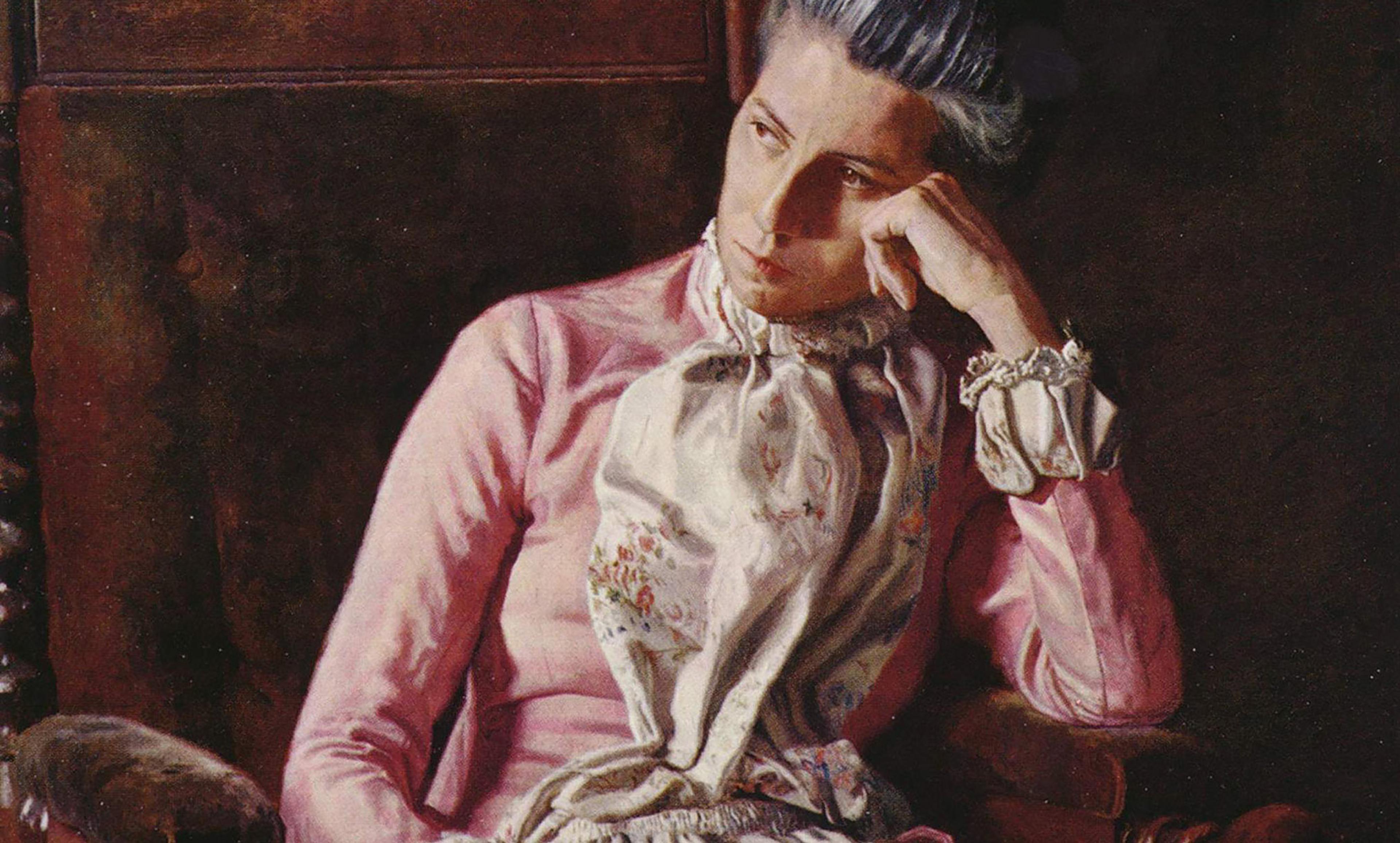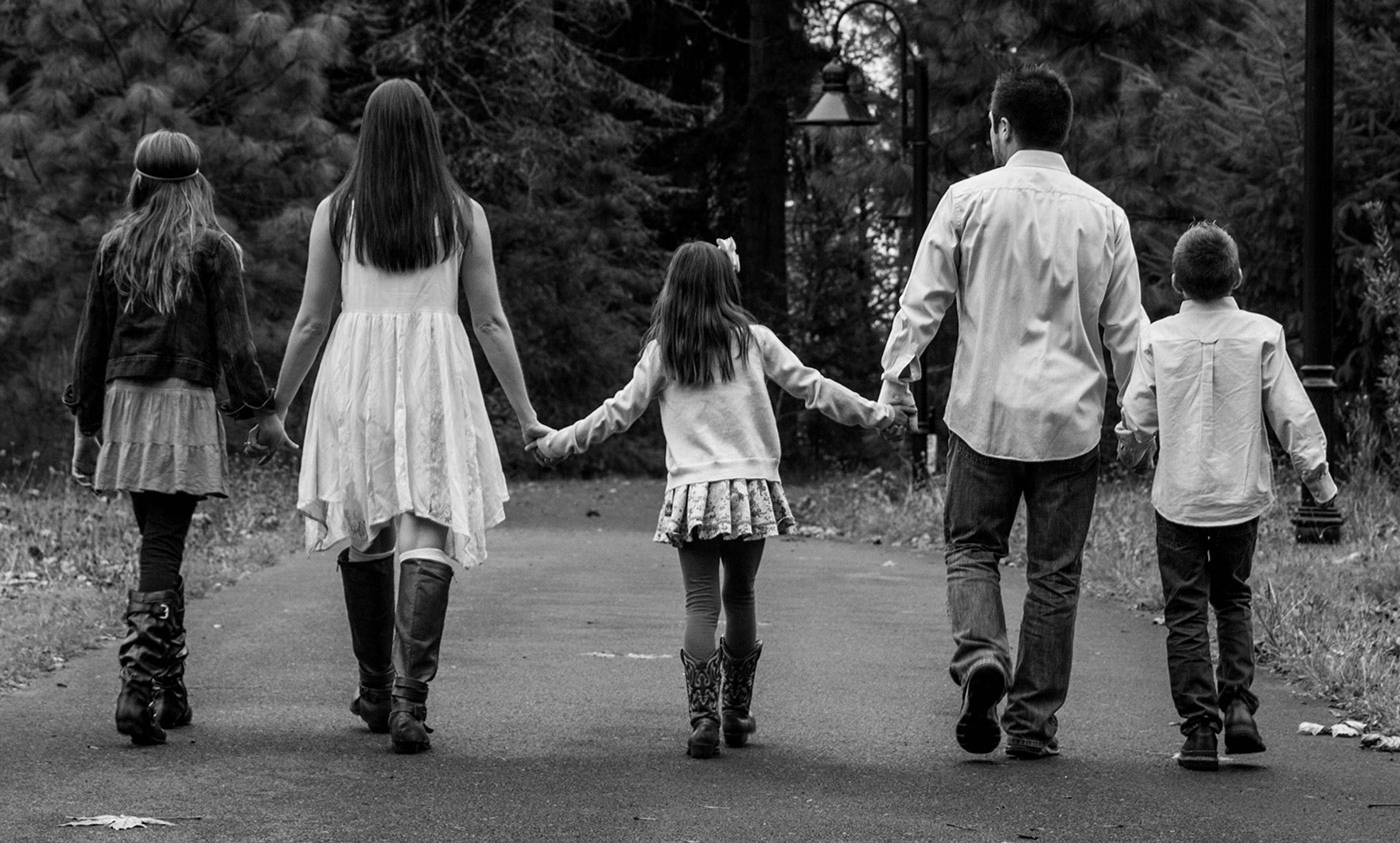Photo by Billie Grace/Flickr
At first, Kathy, 53 years old, spoke to me calmly, but as the minutes ticked away, her voice started to crack. Her husband had a long-standing problem with alcohol. The couple, married for more than 25 years, had one son, and tried to keep the marriage together by seeing a therapist. But there came a decisive moment when she could no longer keep the relationship going. She told me: ‘I discovered a hotel receipt and went and counselled with our priest at that point. [The hotel receipt] was for the Oriental Fantasy suite at [this hotel] at 11 o’clock on a Tuesday morning and I’m quite certain I wasn’t there at the time.’ At that point, she knew that her marriage was over.
Kathy experienced a mid-life or what is also known as a ‘grey divorce’. A grey divorce is simply a divorce that occurs at or after the age of 50. Even though the divorce rate across all age groups has stabilised, the number of grey divorces in the United States has recently dramatically increased. Currently, about one out of every four divorces is grey.
What has caused this dramatic surge in grey divorces? First has simply been the ageing of the Baby Boomer generation. In 1990, there were only 63.5 million Americans aged 50 and older, but by 2010, there were 99 million in this same age group. By 2050, the US Census Bureau predicts that there will be 158.5 million individuals aged 50 and over. In addition to the growth in absolute numbers of such individuals, life expectancy has mostly continued to tick upwards. According to the US Centers for Disease Control and Prevention, in 1950, men could be expected to live, on average, 65.6 years, while women could be expected to live 71.1 years, on average. By 2016, these ages had increased to 76.1 and 81.1, respectively. Both of these factors have worked to expose ever-greater numbers of couples to the possibility of a grey divorce.
But perhaps the most interesting part of this story is why these Baby Boomers are divorcing at this point in their lives, and whether men and women offer different explanations for going their own ways. In the course of this research project I interviewed 40 men and 40 women – none related to one another – about the causes of their grey divorces. What I found was fascinating.
The basis for heterosexual marriage in the US has changed dramatically over the past century. Scholars have noted that, beginning in the 20th century, couples were bound together by love, but also by a set of mutually binding responsibilities toward one another. In its current form, divorce under this marital framework typically involves partners engaging in behaviours that harm themselves or their spouses. In these ways, they violate their vows of binding responsibilities, and divorce is therefore acceptable.
The social unrest of the 1960s, however, brought a different set of expectations into some marriages. The Baby Boomers who came of age during this period began to see their own personal self-actualisation as the most important goal in their lives. Marriages soon became sites of self-empowerment and self-development for many couples. If at any point in time, one partner in a marriage was no longer fulfilled, that person could reasonably seek a divorce.
For the Baby Boomers I interviewed who grew up during the 1960s, one might guess that most divorces would happen because they were no longer personally fulfilled, but that was generally not the case. While some men and women identified growing apart in interests as the central reason for their split, all of the others, surprisingly, pointed to reasons related to violations of binding responsibilities that they felt were the key foundations of a healthy marriage.
For example, for men and women such as Kathy, physical infidelity proved damning for their relationships. Men and women were also similar in pointing to their partners’ mental-health problems as causing their divorces.
But also interestingly, this is where the similarities ended for men and women. Men complained a lot about money-management problems. Frank, 56 years old and married for 22 years, began to notice that his wife was developing an attitude toward money which disturbed him. He observed: ‘I think as time went on, she had a greater interest in not working any more, or not working and kind of living the lifestyle that some of her friends were interested [in living].’ Adding on to this stress was her excessive credit-card spending. When she refused to stop charging, Frank would put limits on the cards, but then she would just move on to some other way to spend money. Frank finally decided that he ‘just couldn’t live like that any more’, and moved toward a divorce.
Men also discussed resentment over how their children had been raised, even years after they had left the family home. In Terry’s case, he and his wife, who had been married for 27 years, had completely divergent philosophies over how to discipline their two sons when they were younger. At 59 years old, Terry stated: ‘I wanted to instil a strong sense of responsibility and deferred gratifications, and she was almost in the polar opposite direction.’ Over time, these differences led to more arguments that finally resulted in a divorce.
In contrast, women tended to blame their husbands’ addictions to alcohol, drugs and pornography. In multiple cases, they tried to help their husbands seek out effective help but were ultimately unsuccessful. Susan, 63 years old and married for 39 years, became increasingly embarrassed by her husband’s bouts with alcohol. She seethed: ‘I mean, he was a horrible drunk.’ Worse, he blamed her for his addiction. One evening after coming home from work, Susan saw that ‘he was so drunk [that] he was stumbling and falling and something snapped [in me].’ For her, that was the turning point, and the marriage was over.
Women also charged that they were the victims of emotional or verbal abuse. In these situations, they frequently endured years of this treatment – desperately hoping for change – before finally pulling the plug on their marriages. Margaret, 56 years old and married for 25 years, worked in the same restaurant business as her husband. He did not enjoy the responsibility of the daily grind and reacted by constantly screaming at her. She finally concluded: ‘It’s like, you know what? I’m tired of this. I can’t do this anymore. It’s like, I’ve ruined his life. That was a common verbiage of his, and I finally decided that I guess I [had] to give [him his] life back.’ She did so by divorcing him.
Overall, then, the motivations behind those seeking a grey divorce do not have a lot to do with couples simply wanting to spread their wings because they are no longer fulfilled, or ‘hippies gone wild’. Instead, this mid-life population takes splitting up very seriously and, more often than not, considers whether their promised binding responsibilities to each other have been violated when they file for divorce. And as their numbers continue to climb upward, soon we will all be saying to those seeking a divorce after 50: we know why you did it; welcome to the club.






